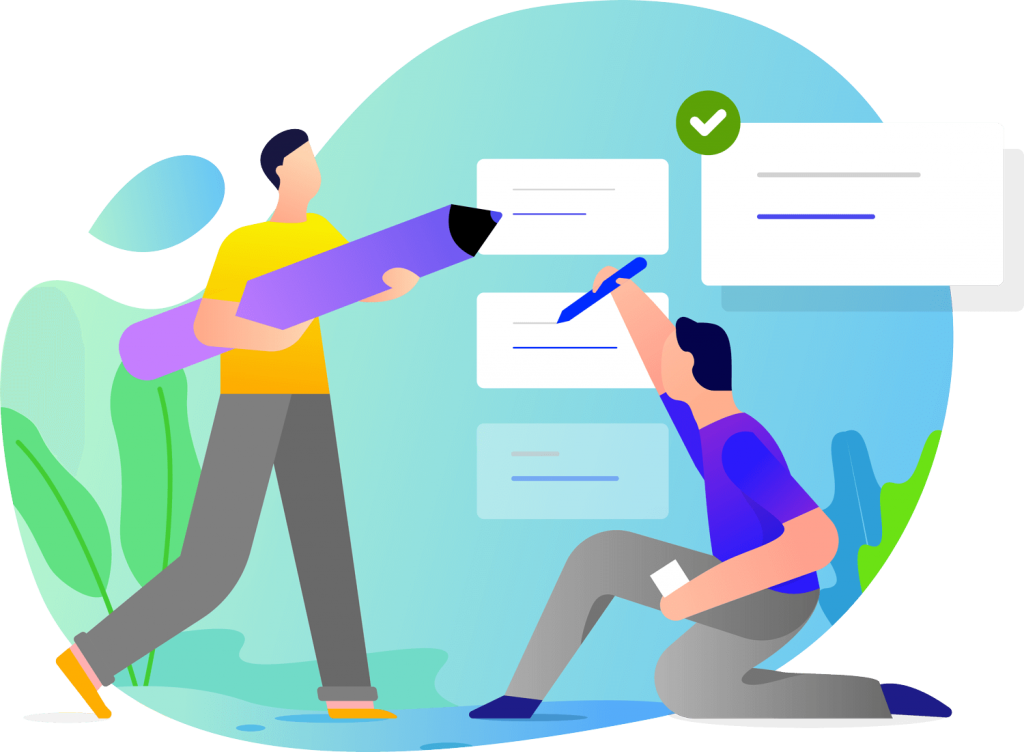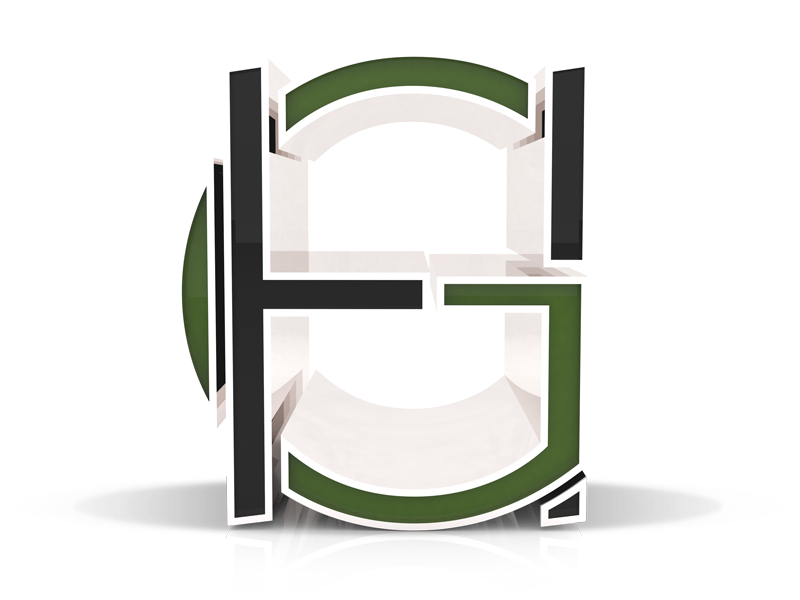Welcome to our blog where we dive into the fascinating world of web design and its profound influence on consumer behavior. In this article, we aim to unveil the true power of web design, shedding light on how it can shape the way users interact with websites, make purchasing decisions, and ultimately impact businesses. Join us as we explore the intricate relationship between design aesthetics, user experience, and consumer psychology and discover how these elements can pave the way for a remarkable online presence.



Table of Contents
Toggle1. Understanding the Influence of Web Design on Consumer Behavior: Unveiling the Power of User Experience
In today’s digital age, the influence of web design on consumer behavior cannot be underestimated. In fact, it goes far beyond aesthetic appeal and plays a crucial role in shaping the overall user experience. Effective web design has the power to captivate visitors, create a sense of trust and credibility, and ultimately drive conversions. Whether it’s the layout, color scheme, or navigation, every element of a website contributes to the user experience and, consequently, influences consumer behavior.
One of the key aspects of web design that greatly impacts consumer behavior is usability. A well-designed website ensures that users can easily navigate through various pages, find the information they are looking for, and complete desired actions. Intuitive navigation menus, clear call-to-action buttons, and properly labeled links all contribute to a seamless user experience. When users have a positive experience on a website, they are more likely to stay longer, engage with the content, and convert into customers or clients.
Additionally, the visual appeal of a website plays a significant role in capturing and retaining visitors’ attention. Well-chosen colors, attractive imagery, and a visually balanced layout can create a pleasing and welcoming atmosphere for users. By invoking positive emotions and establishing a sense of professionalism and credibility, a visually appealing website can effectively influence consumer perceptions and encourage them to take desired actions. When combined with strong and engaging content, an aesthetically pleasing website can leave a lasting impression on users and increase the likelihood of repeat visits and conversions.
In conclusion, understanding the influence of web design on consumer behavior is paramount for any business or brand looking to establish a strong online presence. By prioritizing user experience and creating visually appealing, user-friendly websites, companies can effectively shape consumer behavior, drive conversions, and ultimately achieve their business goals. So, don’t underestimate the power of web design – it can be the key to unlocking significant growth and success in the digital landscape.
2. The Science Behind Effective Web Design: How Consumer Perception Drives Online Success
When it comes to web design, there is more to it than meets the eye. It’s not just about creating a visually appealing website; it’s about understanding the science behind effective design and how it can drive online success. Consumer perception plays a crucial role in determining the success of any online venture, and web design is no exception.
One of the key factors in consumer perception is the usability of a website. A well-designed website should be intuitive and easy to navigate, allowing users to find the information they need quickly and effortlessly. By incorporating user-friendly features such as clear navigation menus, prominent search bars, and logical content hierarchy, web designers can enhance the user experience and leave a positive impression on visitors.
- A visually appealing website captures attention and makes a lasting impact. An aesthetically pleasing design can evoke positive emotions, build trust, and encourage users to engage further with a website.
- The use of colors, typography, and imagery can influence consumer perception and convey a brand’s personality. Using consistent branding elements throughout the website creates a sense of cohesion and reinforces the brand image.
- Mobile responsiveness is essential in today’s digital landscape. With an increasing number of users accessing websites on mobile devices, it is crucial to optimize web design for seamless mobile experiences. A responsive design ensures that the website looks and functions flawlessly across different screen sizes and resolutions.
By leveraging the science behind effective web design and understanding how it impacts consumer perception, businesses can achieve online success. A well-designed website not only enhances user experience but also builds credibility, increases conversions, and encourages repeat visits. So, if you want your online venture to thrive, pay attention to the science behind web design – it can make all the difference!
3. Harnessing the Potential of Web Design to Influence Buying Decisions: A Deep Dive into Consumer Behavior
When it comes to online shopping, web design plays a crucial role in influencing consumers’ buying decisions. In this article, we delve into the fascinating world of consumer behavior and explore how web design can be harnessed to maximize sales and conversions.
Understanding the psychology behind consumer behavior is key to designing a website that resonates with potential customers. By utilizing effective web design strategies, businesses can create a user experience that engages, educates, and ultimately compels visitors to convert. Let’s explore some powerful techniques:
- Visual Hierarchy: Placing important elements, such as call-to-action buttons or product images, prominently on the webpage ensures they capture the user’s attention and guide them towards making a purchase.
- Color psychology: Different colors evoke distinct emotions and influence consumer behavior. By strategically choosing colors that align with your brand identity and desired customer response, you can create a visually appealing website that resonates with your audience.
- Social proof: Humans tend to be influenced by the actions of others. Incorporating social proof elements, such as customer testimonials or user-generated content, can instill a sense of trust and credibility in your brand, positively impacting buying decisions.
- Personalization: Tailoring the content and design elements of your website to individual users’ preferences enhances the user experience and fosters a deeper connection between the consumer and your brand, making them more likely to convert.
By understanding the intricacies of consumer behavior and leveraging the potential of web design, businesses can create a powerful online presence that not only attracts but also converts customers. Stay tuned for our next section where we explore the latest web design trends that are driving sales in the e-commerce industry!
4. The Subtle Psychology of Web Design: How Design Aesthetics Shape User Engagement and Conversion Rates
In the world of web design, aesthetics go beyond just creating visually pleasing websites. The subtle psychology behind design plays a crucial role in shaping user engagement and ultimately, conversion rates. By harnessing the power of design, websites can create a seamless user experience that not only captivates users but also compels them to take action.
One key aspect of design aesthetics that greatly influences user engagement is color psychology. Colors have the ability to evoke specific emotions and moods in individuals. For example, warm colors like red and orange can create a sense of urgency and excitement, perfect for call-to-action buttons. On the other hand, cool colors like blue and green promote a feeling of calmness and trust, ideal for building a sense of reliability. By strategically incorporating these colors into the design, web designers can subtly influence users’ emotional responses, creating a more captivating and persuasive experience.
Furthermore, attention to typography can significantly impact user engagement and conversion rates. The choice of fonts, font sizes, and font pairings can greatly impact the readability and overall aesthetics of a website. Selecting the right typography not only enhances the visual appeal but also improves the legibility of content, making it easier for users to consume information. Proper spacing and line heights also play a crucial role in guiding users’ eyes through the content, ensuring a seamless reading experience. By paying attention to these subtle but important design elements, web designers can create a visually appealing and user-friendly website that enhances engagement and boosts conversion rates.
In conclusion, the subtle psychology of web design goes far beyond the surface level. By understanding the impact of design aesthetics on user engagement and conversion rates, web designers can create captivating and persuasive websites. Playing with colors and selecting the appropriate typography are just a couple of the many techniques that can be employed to maximize the impact of design on user behavior. By constantly iterating and experimenting with design aesthetics, web designers can create a visually stunning and highly effective online presence for any business.
5. Empowering Brands through Web Design: Leveraging Consumer Emotion and Cognitive Bias for Online Success
In today’s digital age, web design plays a pivotal role in empowering brands and driving online success. It goes beyond mere aesthetics; it taps into the essence of consumer emotion and cognitive bias to create meaningful connections and drive conversions. By understanding the psychology behind consumer decision-making, brands can leverage their web design to evoke specific emotions, foster trust, and ultimately drive customer loyalty.
One powerful way to leverage consumer emotion in web design is through the strategic use of color psychology. Colors have the ability to evoke specific emotions and influence consumer behavior. For example, using warm and vibrant colors like red and orange can create a sense of urgency and excitement, perfect for driving impulse purchases. On the other hand, cool and soothing colors like blue and green can instill a sense of calmness and trust, which is ideal for brands in the healthcare or finance industries. By carefully selecting and applying colors on your website, you can tap into the subconscious of your consumers, influencing their emotions and guiding their decision-making process.
Another critical aspect of web design that empowers brands is the understanding of cognitive bias. Cognitive bias refers to the subconscious mental shortcuts and biases that influence our decision-making. For instance, the “anchoring effect” suggests that people tend to rely heavily on the first piece of information they see. By strategically placing important information or persuasive elements at the beginning of a webpage, brands can prime consumers with positive associations, increasing the chances of them making a favorable decision. Understanding cognitive biases like the “scarcity effect” or the “bandwagon effect” allows brands to craft compelling web designs that tap into these biases, driving higher engagement and conversions.
By harnessing the power of consumer emotion and cognitive bias, brands can transform their web design into a powerful tool for online success. Whether it’s through color psychology or strategic placement of information, web design has the ability to evoke emotions, instill trust, and guide consumer decision-making. In a fiercely competitive online landscape, it’s crucial for brands to invest in web design that goes beyond aesthetics and taps into the subconscious of their target audience. Remember, the path to online success lies in understanding your consumers and creating web experiences that empower and resonate with them.
Q&A
Q: What is the role of web design in shaping consumer behavior?
A: Web design plays a crucial role in shaping consumer behavior as it significantly influences how users perceive a brand, navigate a website, and make purchasing decisions.
Q: How does the visual appeal of a website impact consumer behavior?
A: The visual appeal of a website has a direct impact on consumer behavior. A visually appealing design captivates users, increases their trust in the brand, and boosts engagement, ultimately leading to positive buying decisions.
Q: What elements of web design contribute to a user’s trust in a brand?
A: Several elements of web design contribute to building trust in a brand. These include a clean and professional layout, clear and concise communication, high-quality images, effective use of color psychology, and intuitive navigation.
Q: How does website navigation influence consumer behavior?
A: Website navigation plays a crucial role in influencing consumer behavior. A well-organized and intuitive navigation system allows users to easily find the information or products they are looking for, enhancing their overall user experience and increasing the likelihood of conversion.
Q: Can the use of colors in web design affect consumer behavior? How?
A: Yes, colors in web design can significantly impact consumer behavior. Each color has different psychological associations and evokes specific emotions. By strategically using colors that align with a brand’s message and target audience preferences, web designers can influence users’ mood, perception, and purchasing decisions.
Q: How does website loading speed impact consumer behavior?
A: Website loading speed is a critical factor in consumer behavior. Users expect fast-loading websites and tend to abandon those that take too long to load. Slow loading speed negatively impacts user experience, increases bounce rates, and leads to loss of potential customers.
Q: What role does mobile responsiveness play in consumer behavior?
A: Mobile responsiveness is essential in today’s digital landscape as more users access websites from their mobile devices. A website that adapts well to different screen sizes and offers a seamless mobile experience enhances user satisfaction, increases engagement, and positively influences consumer behavior.
Q: How can web design enhance the user’s journey and encourage conversions?
A: Effective web design can enhance the user’s journey by creating intuitive user flows, providing clear calls-to-action, offering personalized content, and providing relevant information. By optimizing these aspects, web design can nudge users towards conversions and increase the likelihood of completing desired actions.
Q: What are some common mistakes to avoid in web design that may negatively impact consumer behavior?
A: Some common mistakes to avoid in web design include cluttered layouts, overwhelming color schemes, poor quality images, complex navigation structures, slow loading times, lack of mobile responsiveness, and inconsistent branding. These mistakes can confuse users, lower trust, and hinder positive consumer behavior.
Q: How important is it to regularly update and optimize web design to keep up with changing consumer behavior?
A: Regularly updating and optimizing web design is crucial to keep up with changing consumer behavior trends. Evolving user expectations, emerging design trends, and advancements in technology necessitate the continuous improvement of websites to deliver optimal user experiences, foster positive consumer behavior, and stay relevant in a competitive online landscape. In conclusion, the impact of web design on consumer behavior cannot be underestimated. It has become clear that an effective website design can greatly influence the way individuals perceive and interact with a particular brand or website. By employing key design principles such as simplicity, organization, and visual appeal, businesses can enhance user experience, build trust, and ultimately drive conversions.
Understanding the psychology behind consumer behavior is crucial in creating a web design strategy that aligns with the target audience’s preferences and expectations. By using colors, typography, and layout strategically, web designers can trigger specific emotions, evoke moods, and guide users towards desired actions.
Mobile responsiveness and accessibility are also vital aspects of web design that cannot be overlooked. With the increasing reliance on smartphones and tablets, a seamless experience across devices is essential to capture and retain the attention of users. Furthermore, ensuring that websites are easily accessible to individuals with disabilities not only complies with legal requirements but also expands the reach of businesses to a larger audience.
The power of web design lies in the ability to shape consumer behavior by delivering a positive user experience, fostering trust, and ultimately driving conversions. It is an ever-evolving field, where staying up-to-date with the latest design trends and continuously adapting to user preferences is essential for long-term success. By prioritizing web design as a key component of their overall marketing strategy, businesses can establish a strong online presence, differentiate themselves from competitors, and maximize their impact on consumer behavior.





